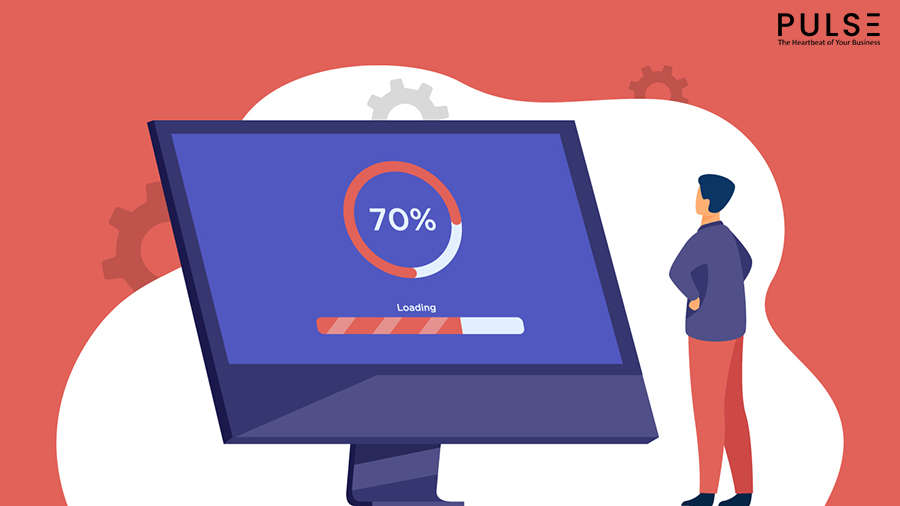A quality management system assists firms in coordinating and directing their policy and controls so that it may fulfill consumer demands and juggle the needs of the stakeholders. The most widely recognized QMS best practice is the International Standard Organization (ISO) 9001:2015 “Quality Management System Requirements.”
Globally, the QMS market is predicted to rise to $4 billion by 2028, from $2.4 billion in 2018 (Grand View Research). The stat only points to the burgeoning favor for QMS globally as a standard business practice.
It is, therefore, a given that to put your supply chain in the best position to act on problems before they become mishaps, an organization must maintain QMS. This article will see how to upgrade your QMS in 2022.
How To Upgrade Your Quality Management System?

The quality management system guarantees that a company’s products and services are continually improved, and the QMS must be of exemplary standards.
If you want to be the boss of your business, here are some creative ways you can upgrade your QMS.
1. Eliminate the protocol and focus on the method
Organizations can streamline their QMS by eliminating several time-consuming operations. For instance, employees may ensure that the QMS concentrates on systems that can be quickly figured out, either as charts or in systems, by revising it.
A method varies from a protocol and in that a protocol specifies what must be performed and why (without stating how). In contrast, a method specifies precisely how the protocol should be carried out.
To facilitate this, a Quality Management System needs tools like Pulse Pro.io to curate and maintain checklists, execute tasks in minutes, and perform many intricate tasks.
2. Implement advanced quality-assurance standards
It’s a lot simpler to keep the consistent quality and compliance criteria when providers and regulators can operate from standardized procedures and particularly planned routines rather than evaluating anything else.
Many QMS software might already have templates created by experts based on industry best practices. One can use these libraries to develop various compliance procedures.
On top of this, if all of your vendors and other staff are linked to the same platform, quick deployment of new standards and processes can be performed with ease.
3. Integrate with other processes
A lone ranger QMS is never a good idea. Instead, QMS with other business strategy processes can yield more fruitful results.
For instance, integrating key processes in production can develop quality results plus fuel the functionality of various core areas.
Other than this, an integrated QMS helps set up the base of the process chain. This facilitates smooth communication and prevents several issues alongside driving the costs down.
4. Provide training materials
In the era of constant and tooth and nail competition among brands, the deliverance of services is not the end-stage. However, providing post-sales services can go a long way.
A range of complicated requirements can be filled in the post-sales stage viz. effective communication, feedback mechanism, etc. However, one strategy that stands out is providing various training materials.
From workshops to online courses and access to tools that your supply chain team uses to maintain the QMS, your brands, alongside the customers’ extra requirements, are fulfilled consistently. This contributes to an improvement in business relations and helps in direct marketing.
5. Manage quality control data in one place
Premium quality assurance software can easily integrate all of your distribution network partners onto a single, accessible platform, enabling you to combine and exploit disparate and segregated inspection data into actionable outcomes.
This is a beneficial strategy for large or global organizations, but even small companies can expand to worldwide operations with the software.
6. Build flexible and scalable QMS base
Spreadsheet-based quality management solutions become burdensome when there is simply far too much info. In addition, businesses expand, and as a result, companies desire a strong base for a QMS that can scale with themselves.
Compared to various publication methods like printing, computerized and digital foundational methods for QMS are considerably more straightforward and modified.
Organizations that use adaptable or completely flexible quality management systems have a firm foundation to build on. As a company evolves and flourishes, this structure can be built upon.
7. Outsource up-gradation to experts
Experts can analyze the existing quality management system, train employees about utilizing it, and perform detailed analysis to ensure how procedures are working realistically.
Finally, a company’s QMS aids in administering operations, rules, and guidelines to ensure the company’s success.
It is feasible to grow the company while also enhancing the QMS, increasing sales, income, satisfaction, and overall success.
Therefore, instead of aiming to examine things once a year as part of a corporate annual audit program, undertake regular reviews and check that systems are running and they are altered if they aren’t.
To achieve a balance between quality, efficiency, and profitability, a business must upgrade its quality management system. An integrated and advanced QMS helps achieve short-term and long-term business goals alongside basics.
Pulse offers exceptional value as a compliance-focused inspection and auditing platform. Pulse helps drive fast actions so that your QMS works with the best efficiency possible.
Check out Pulse Pro.ai for more information and how it can benefit your QMS.
